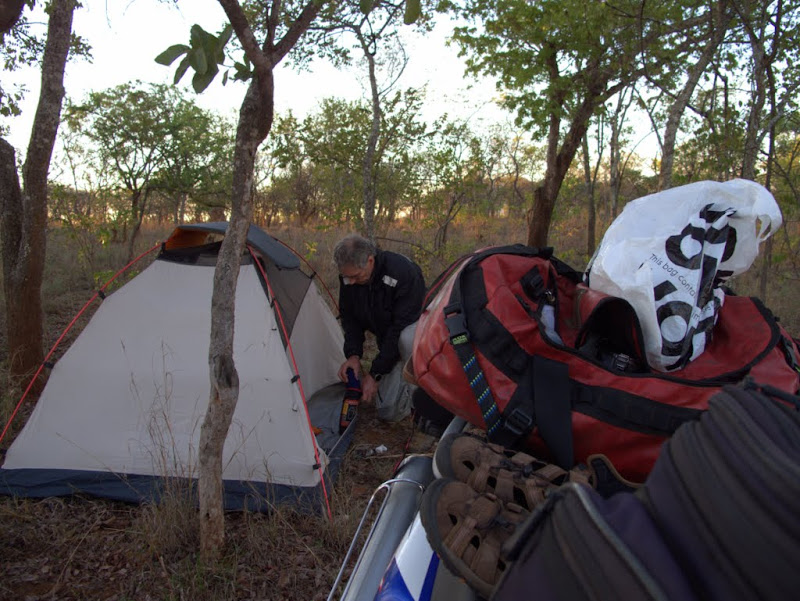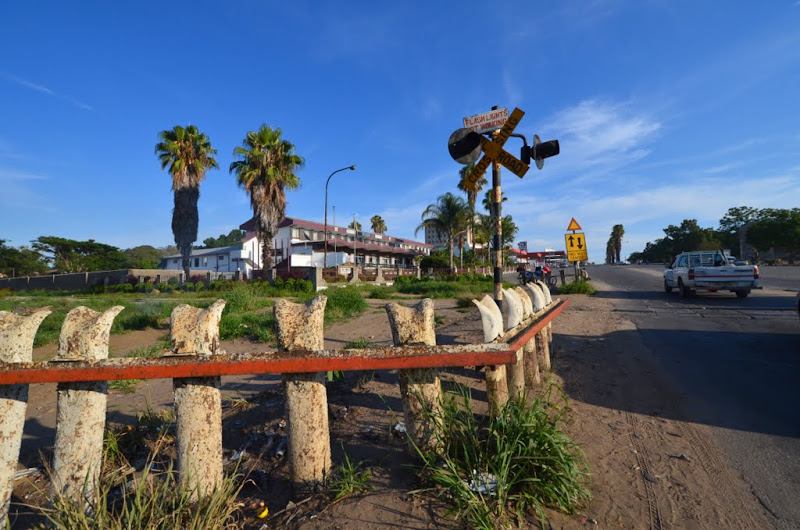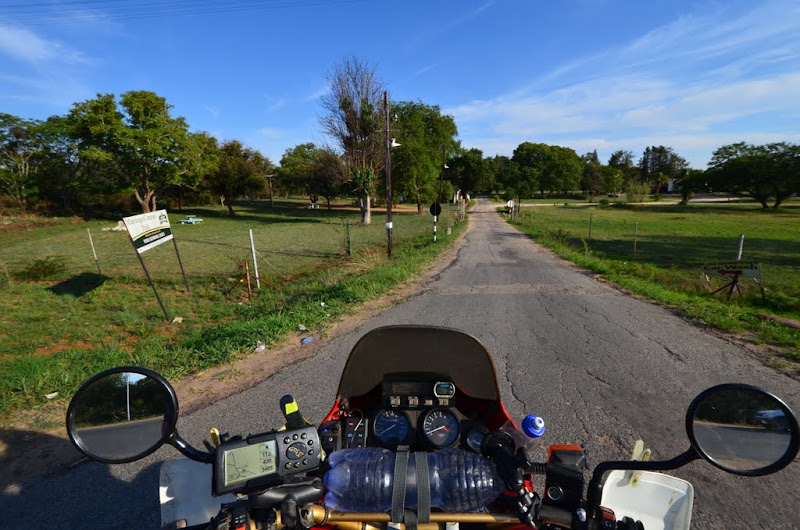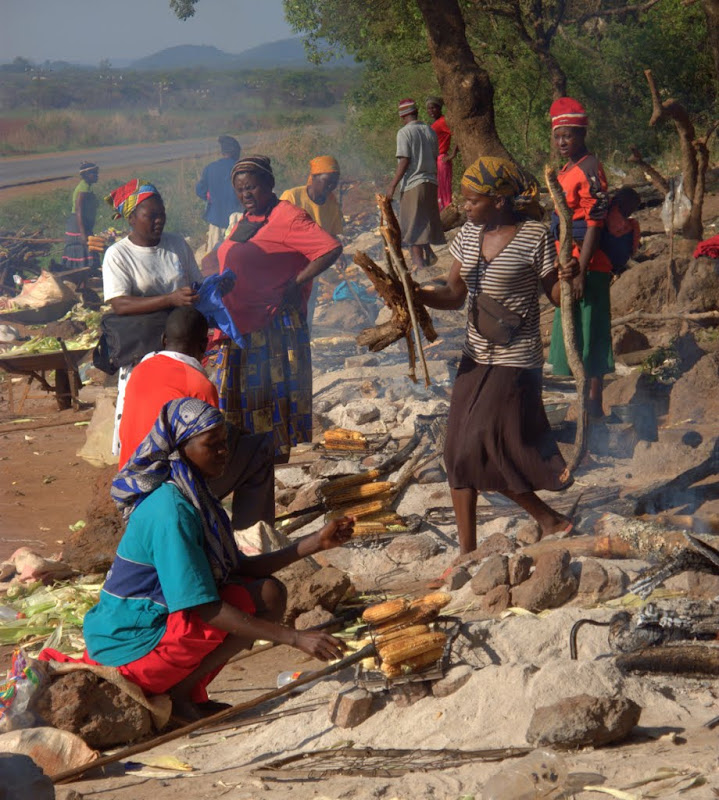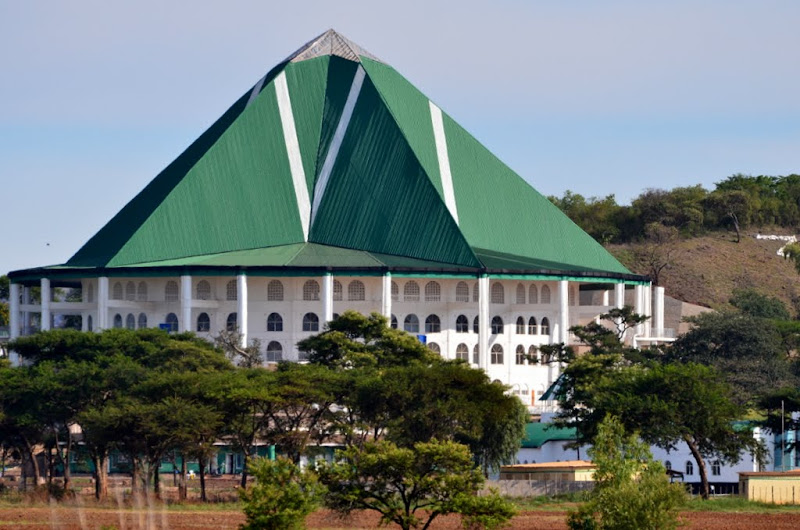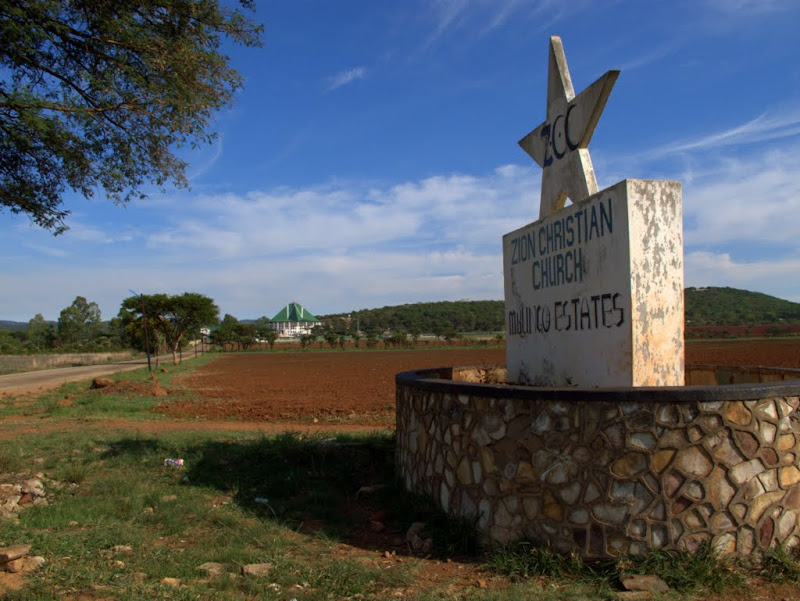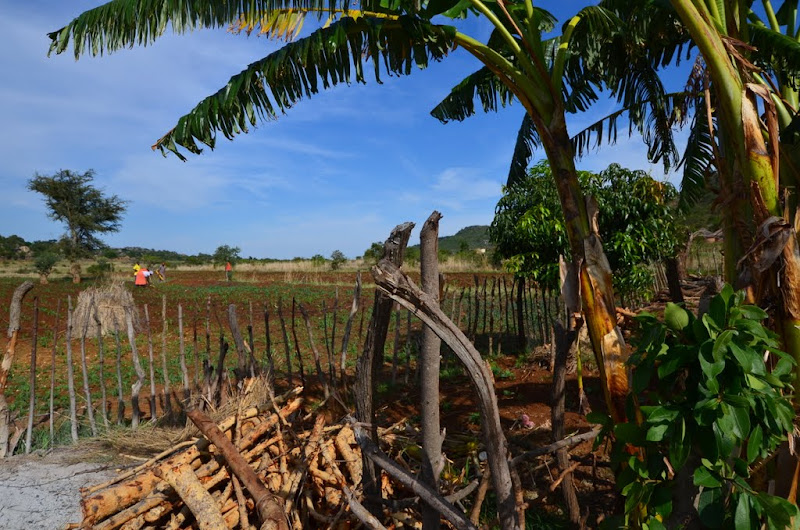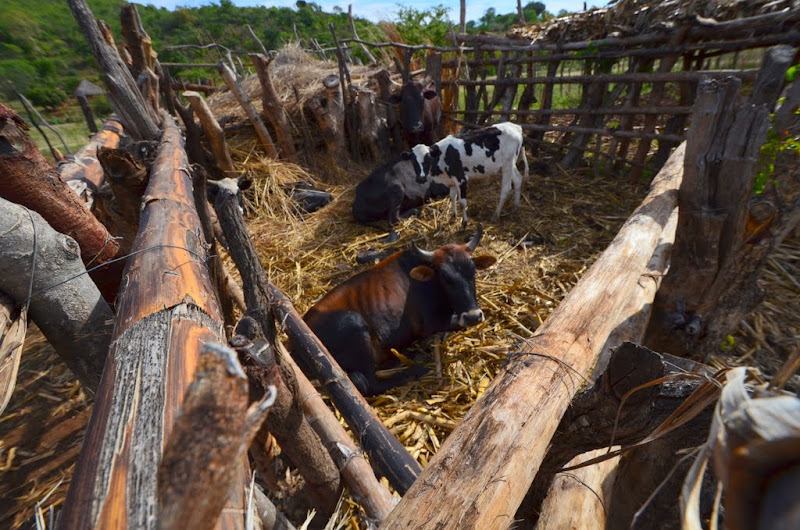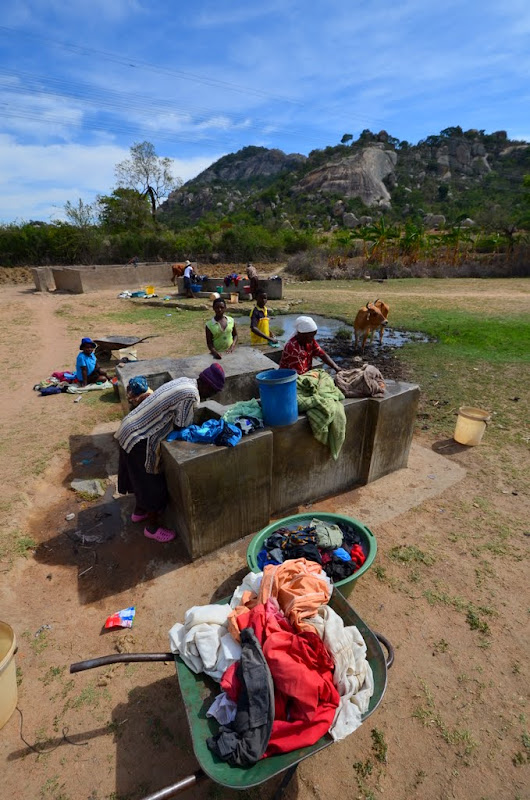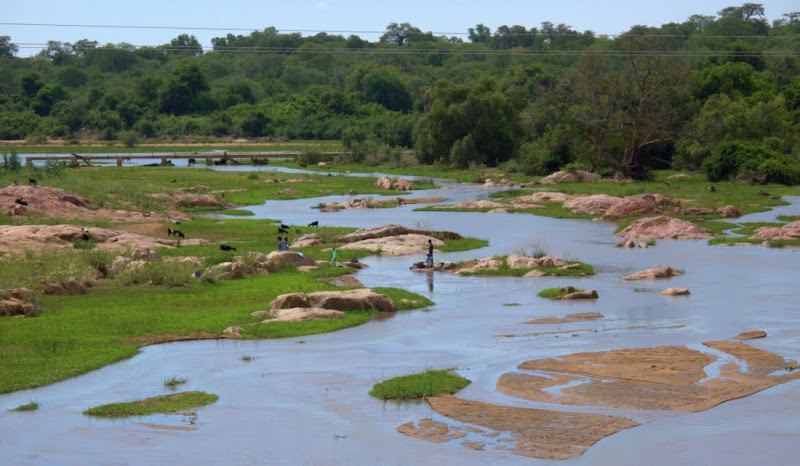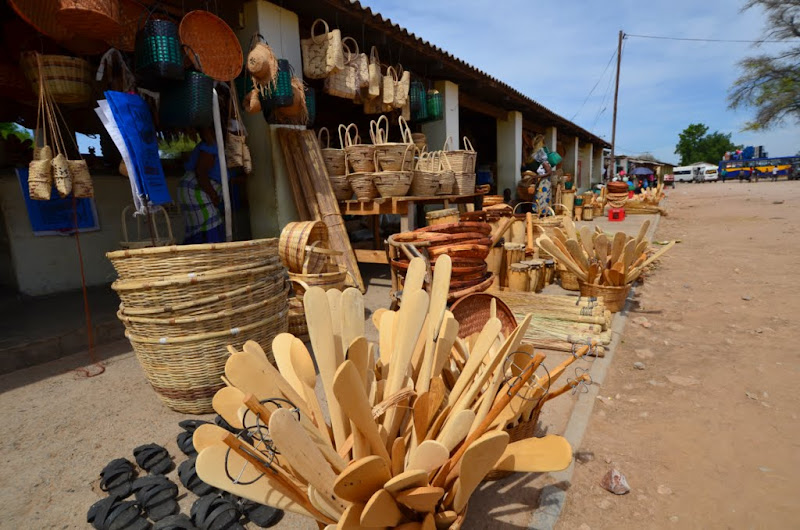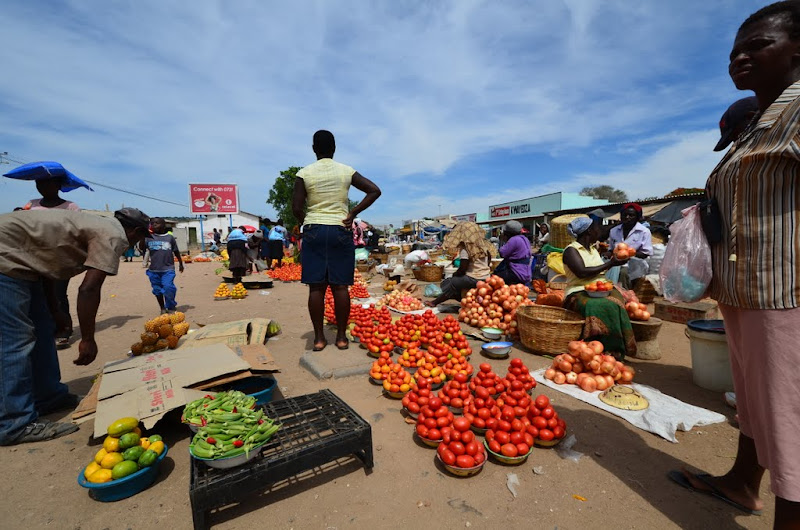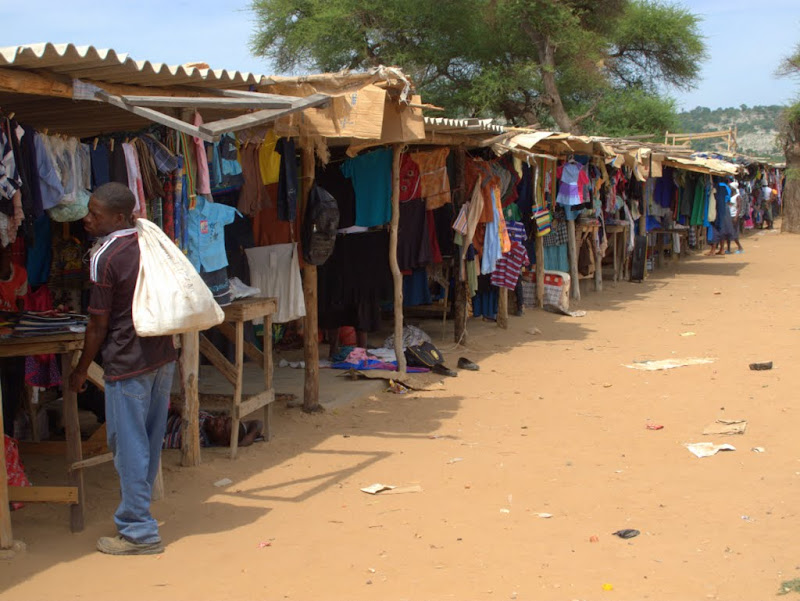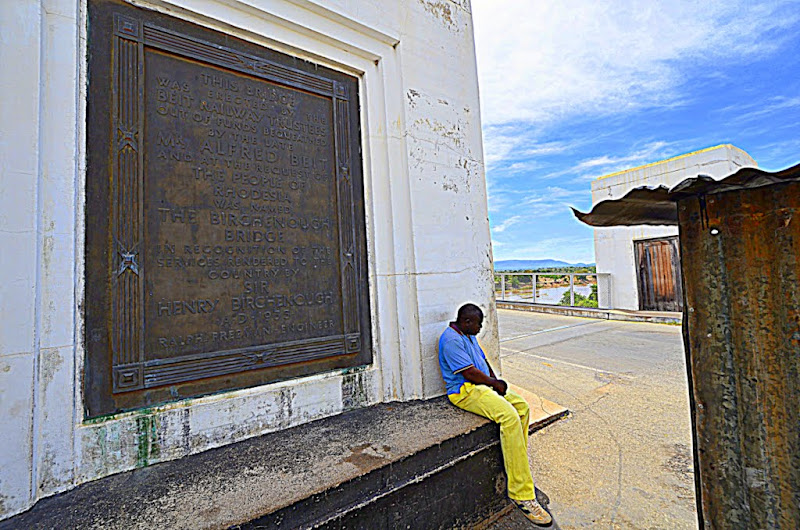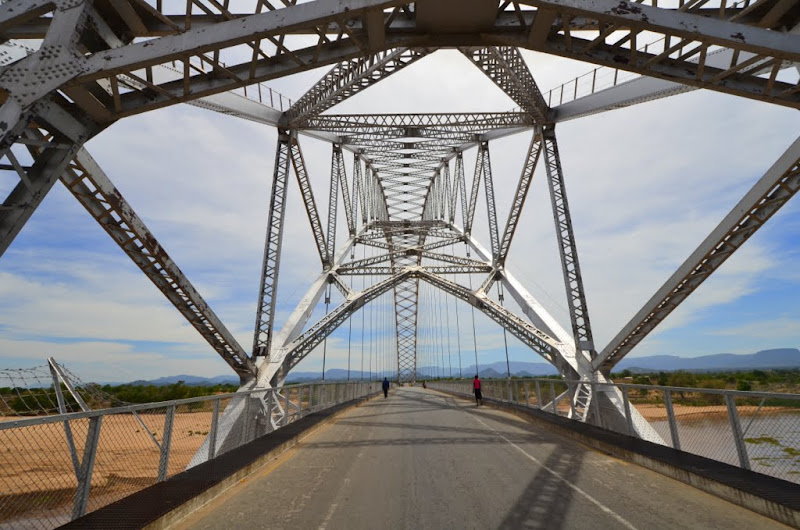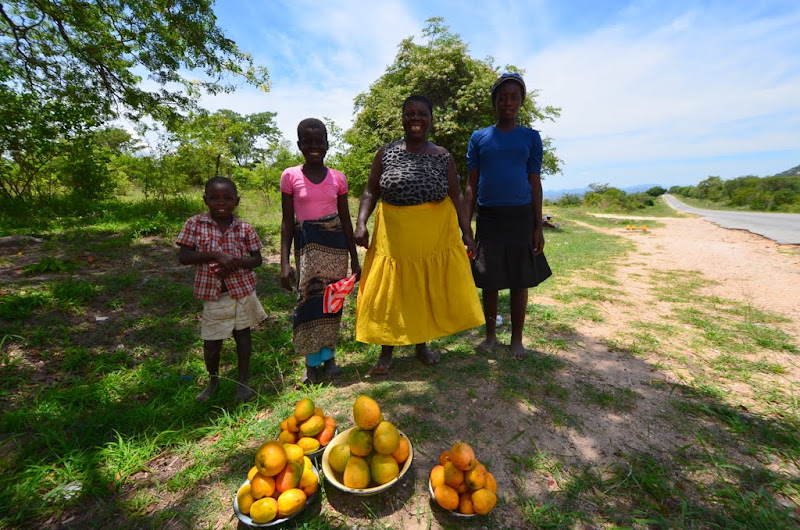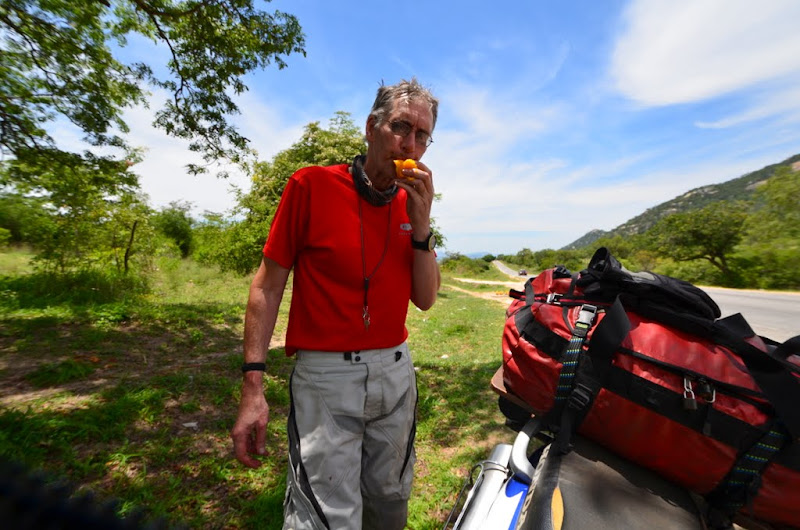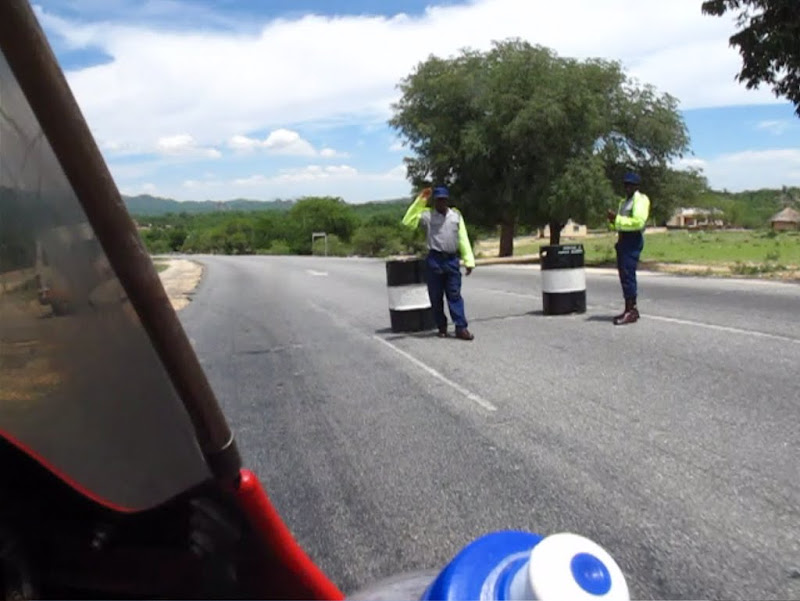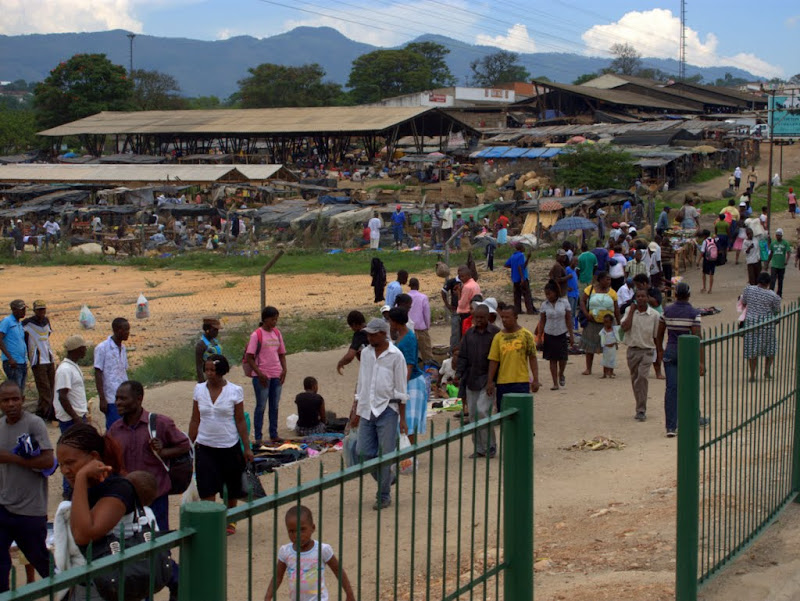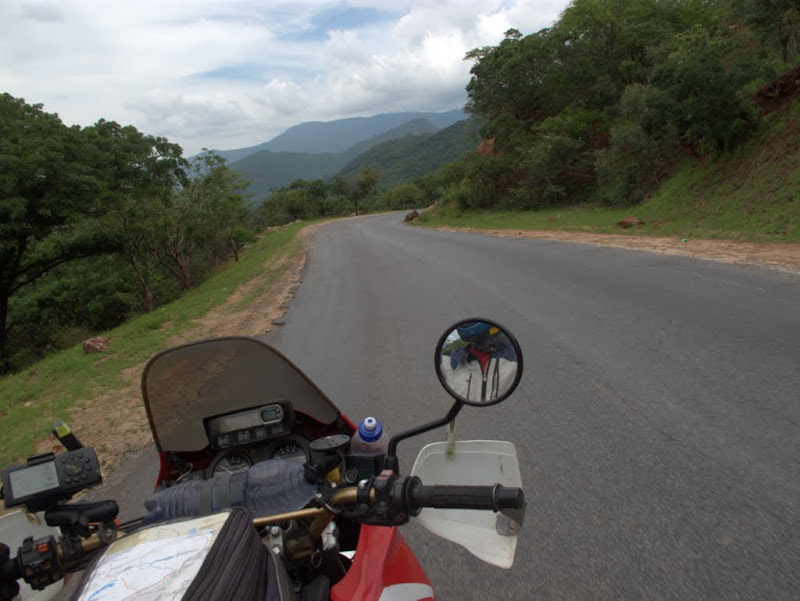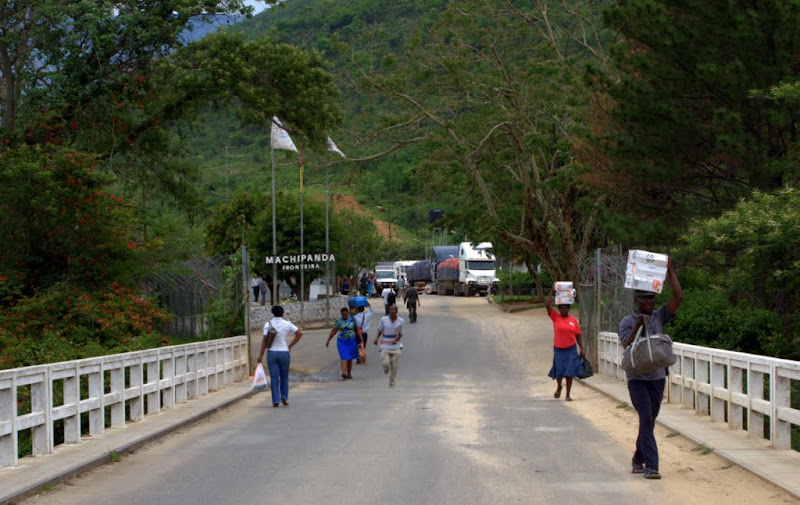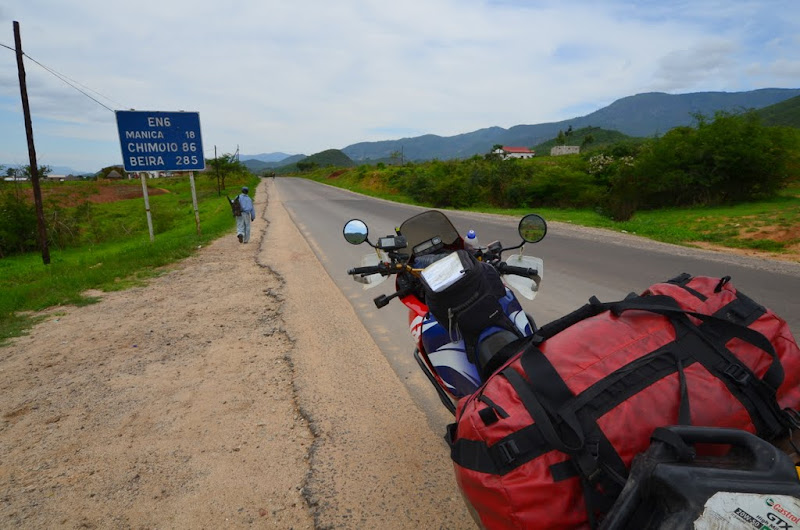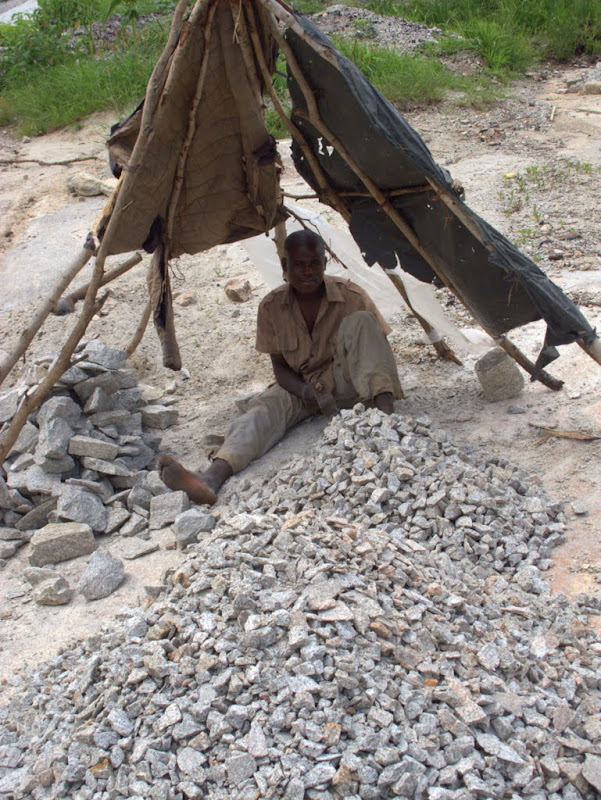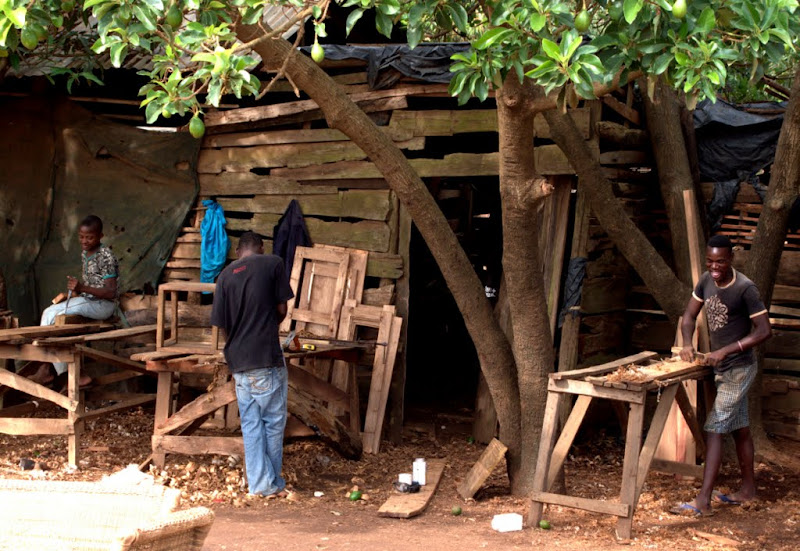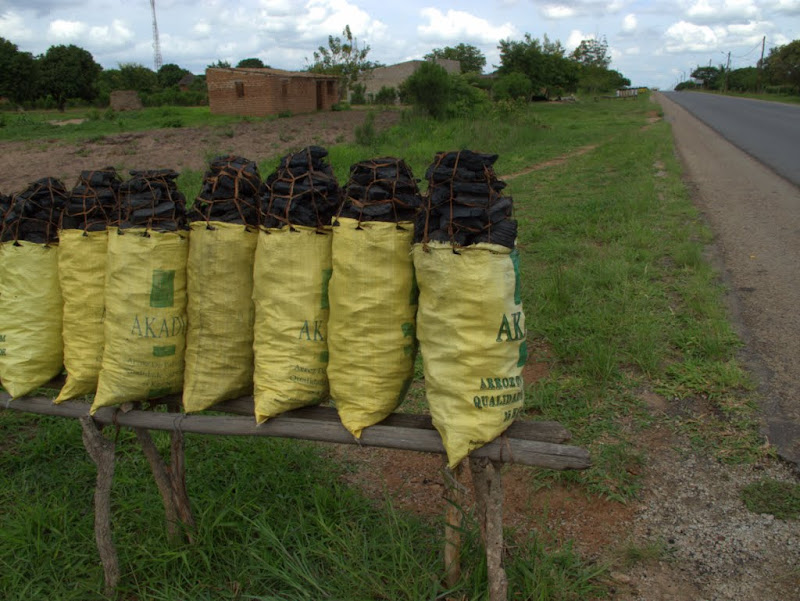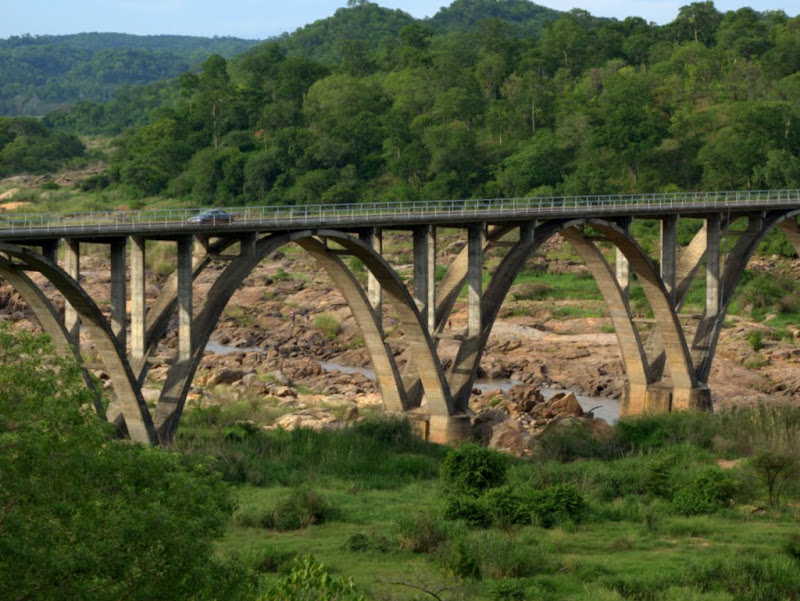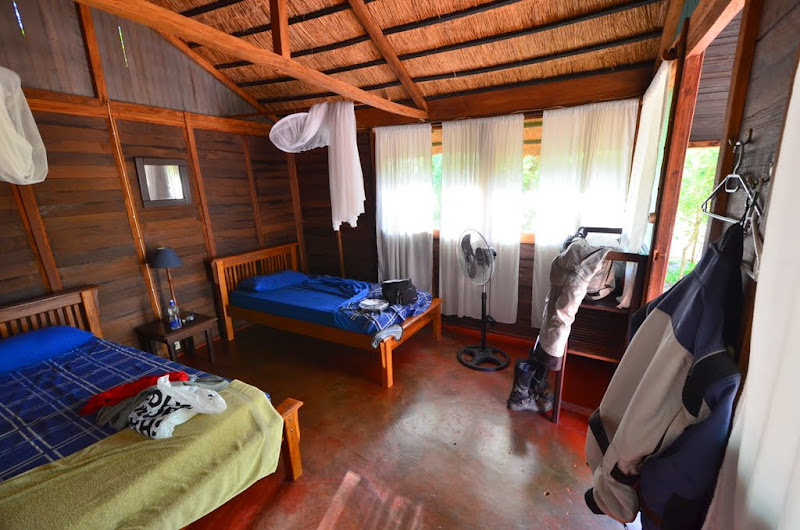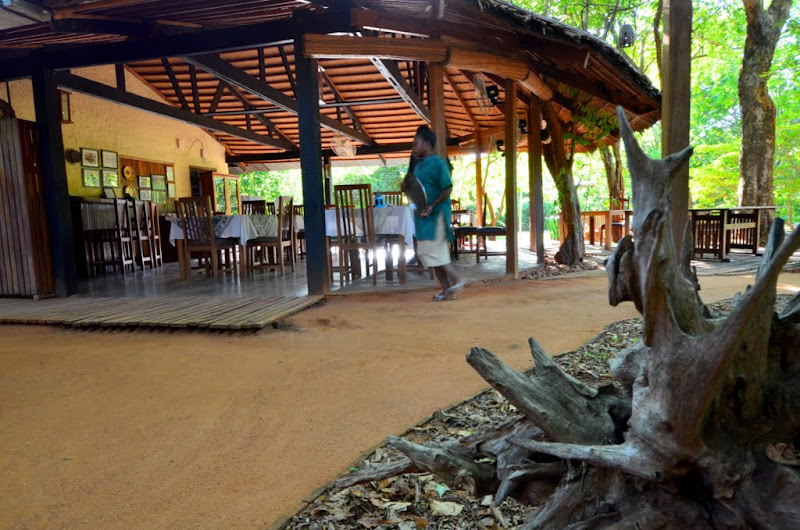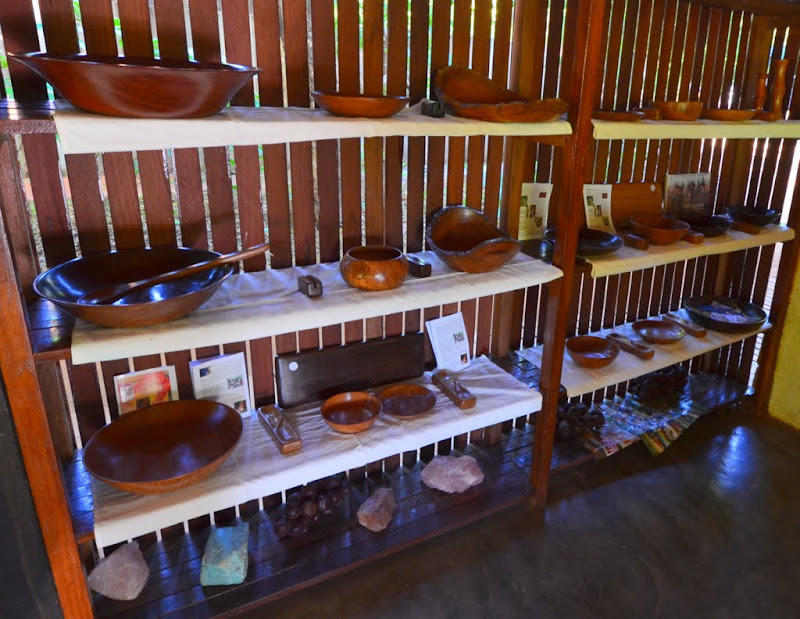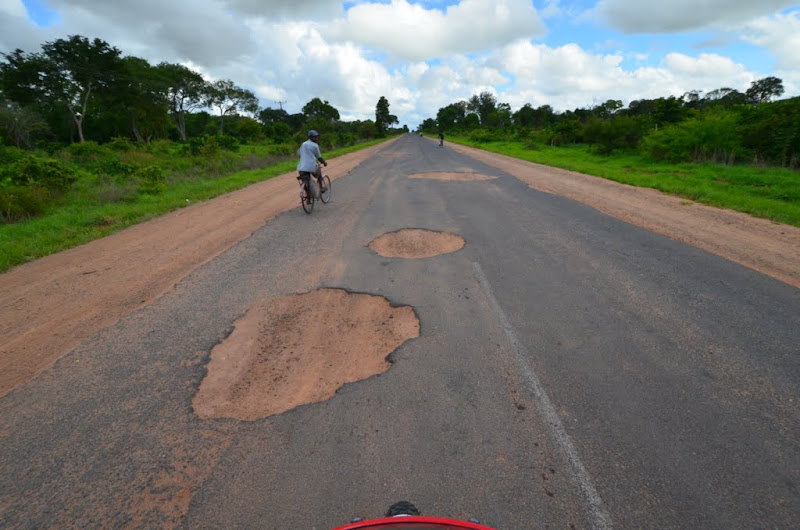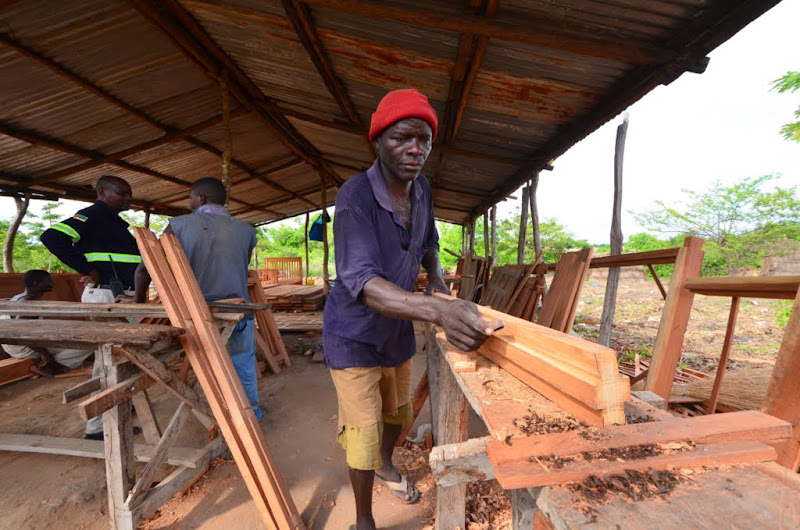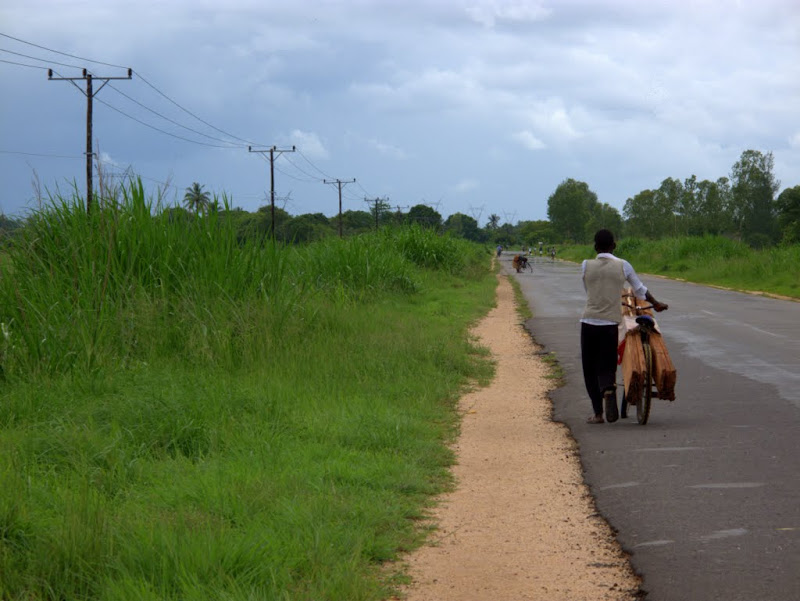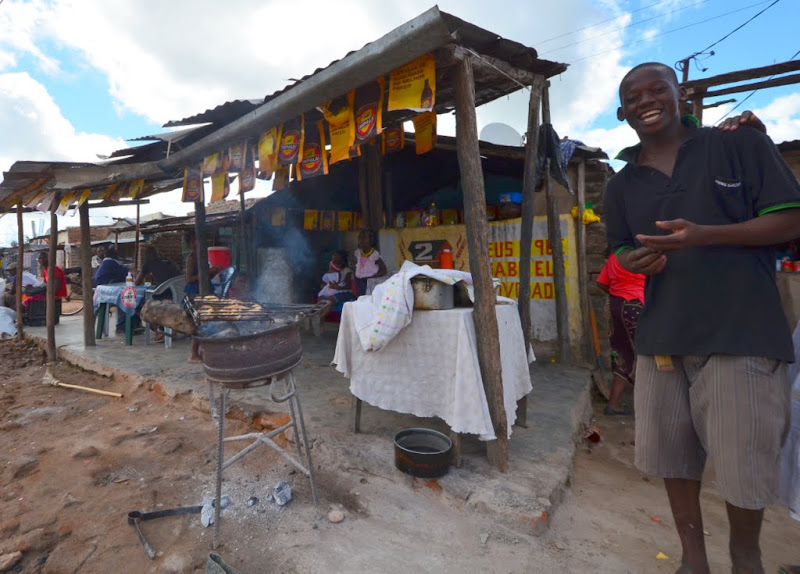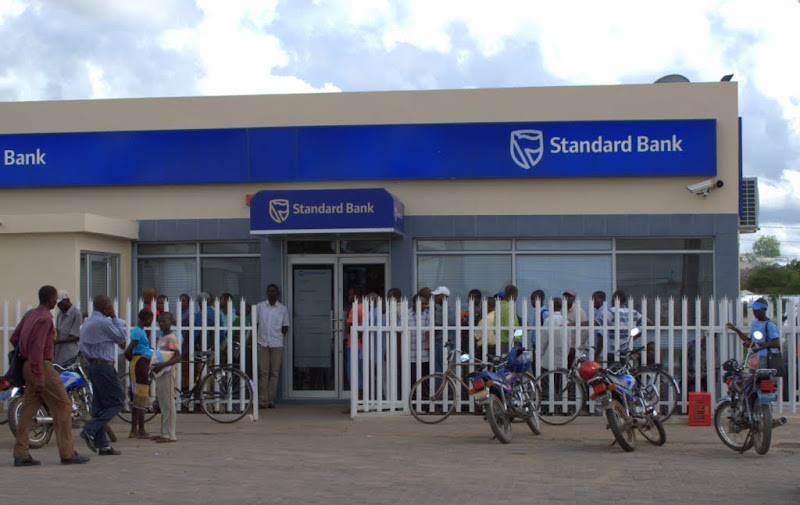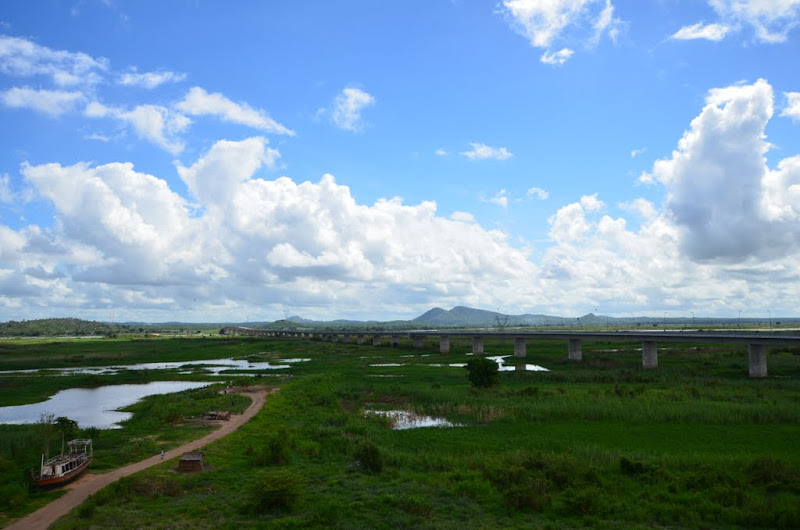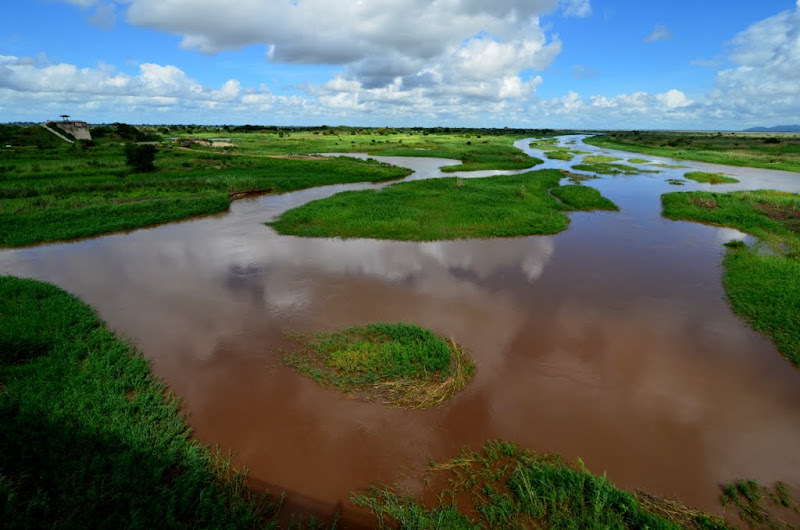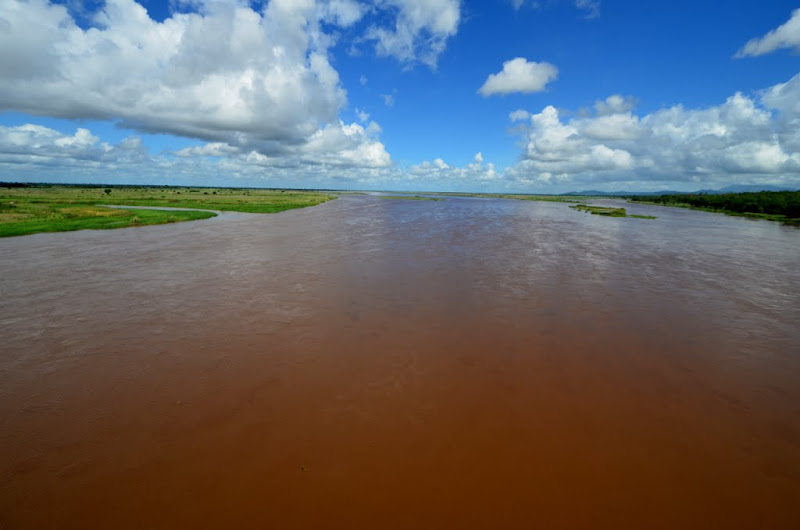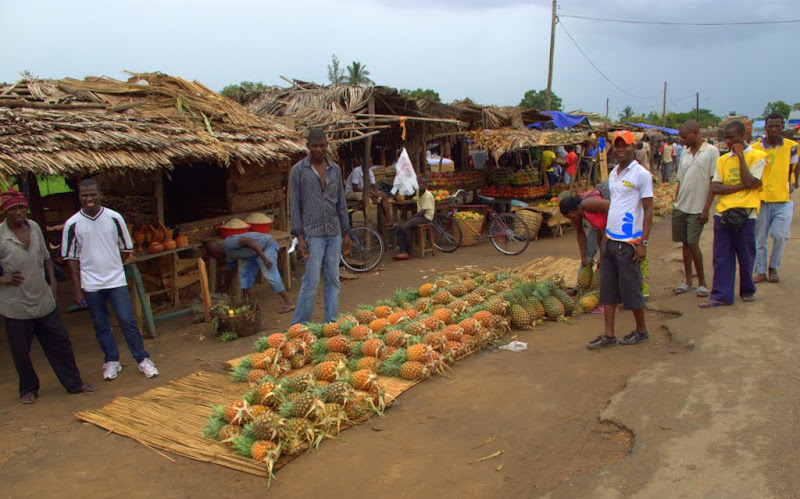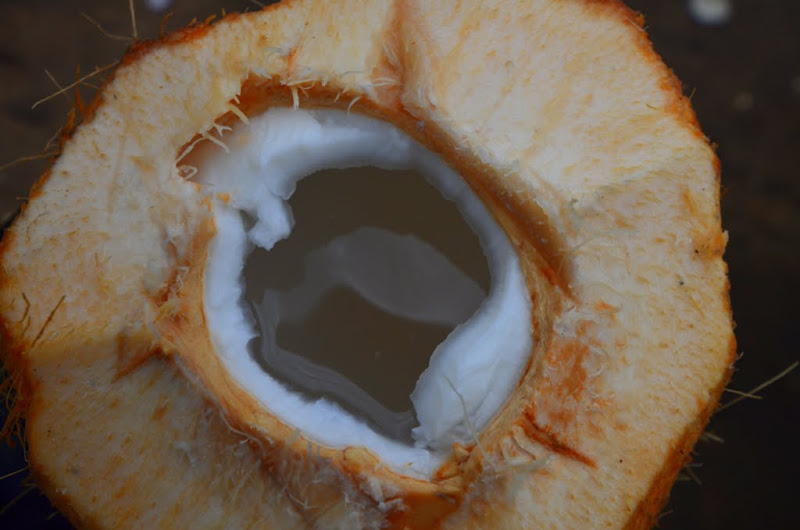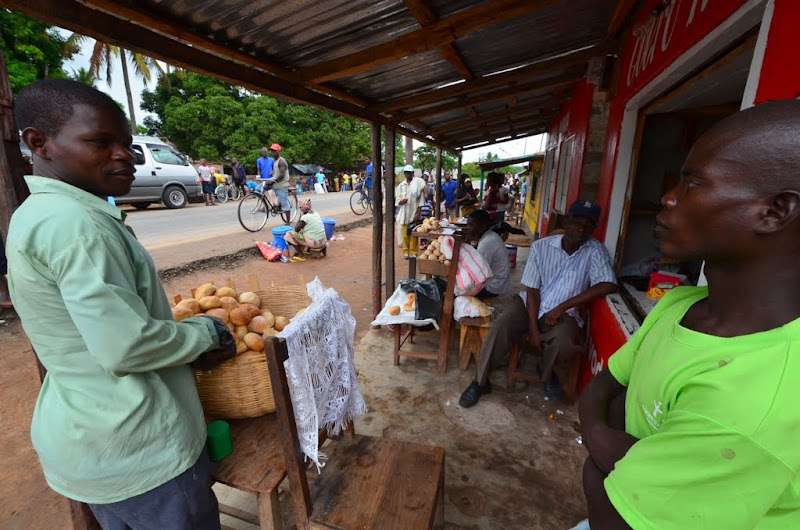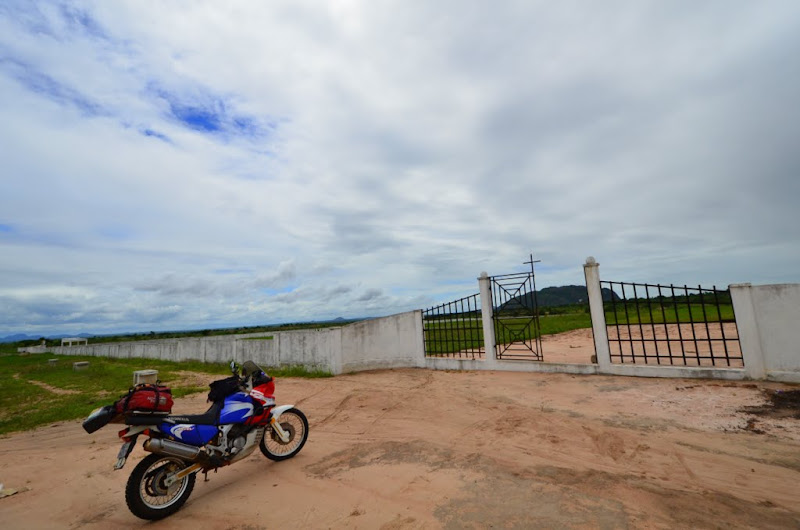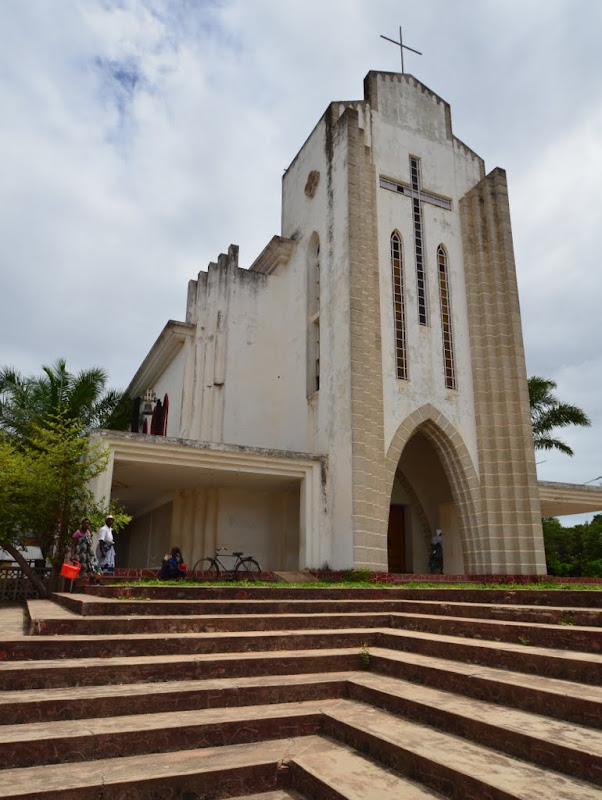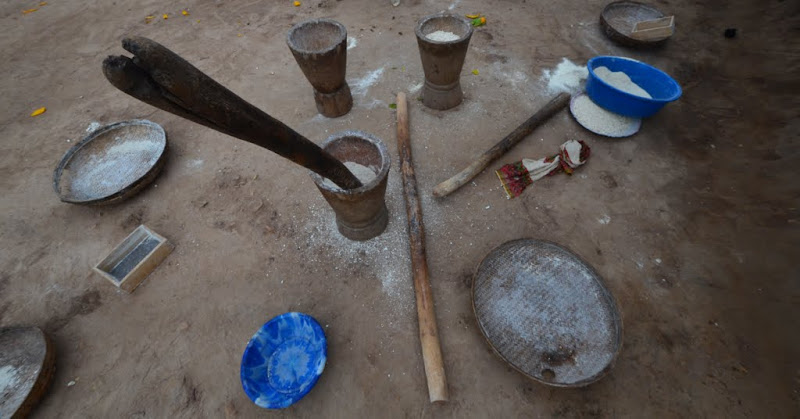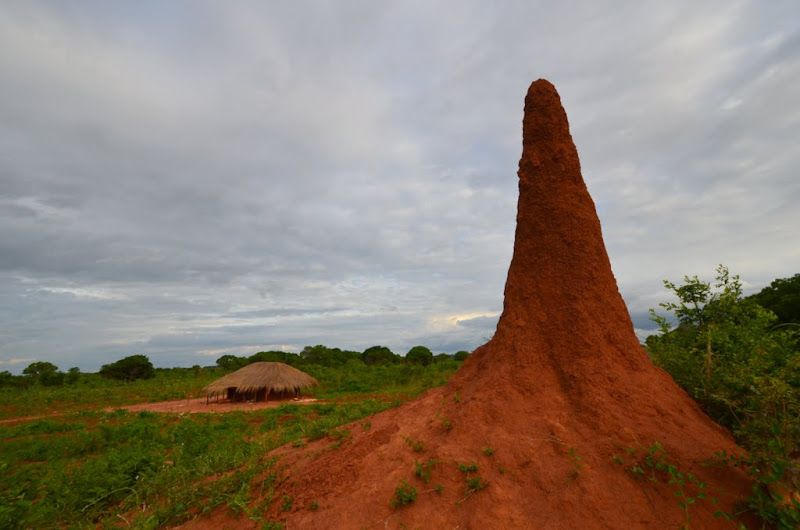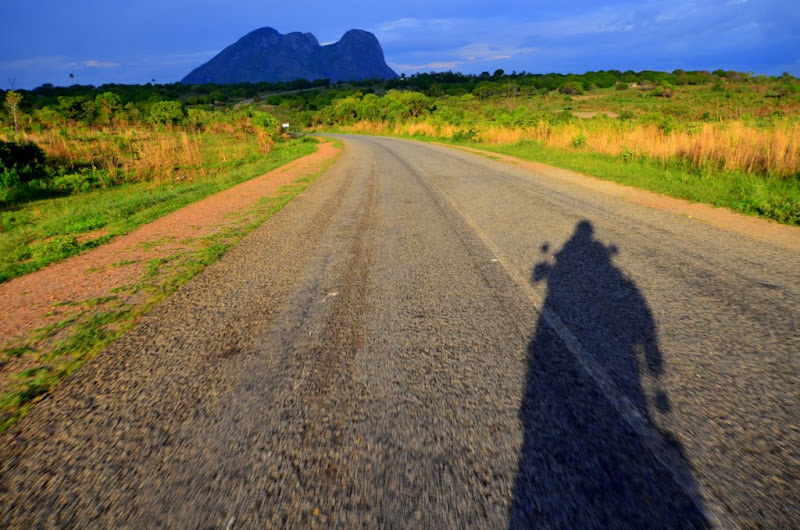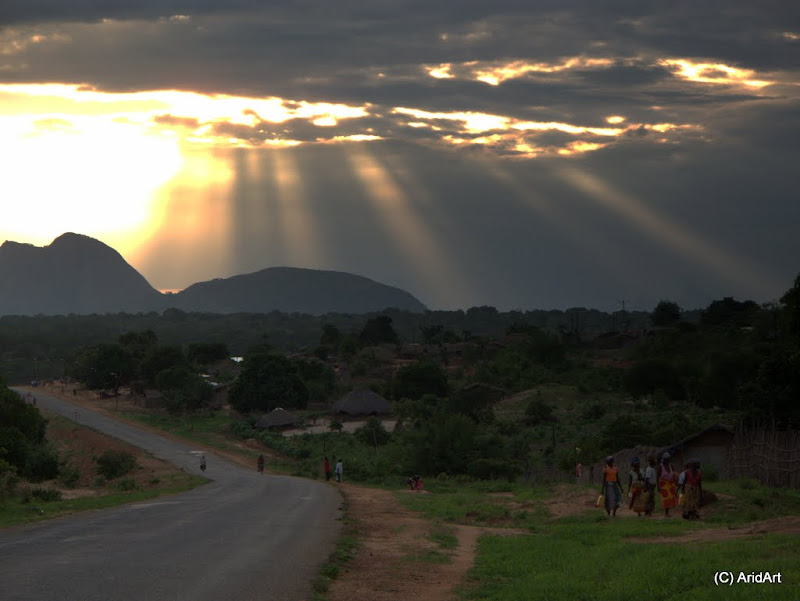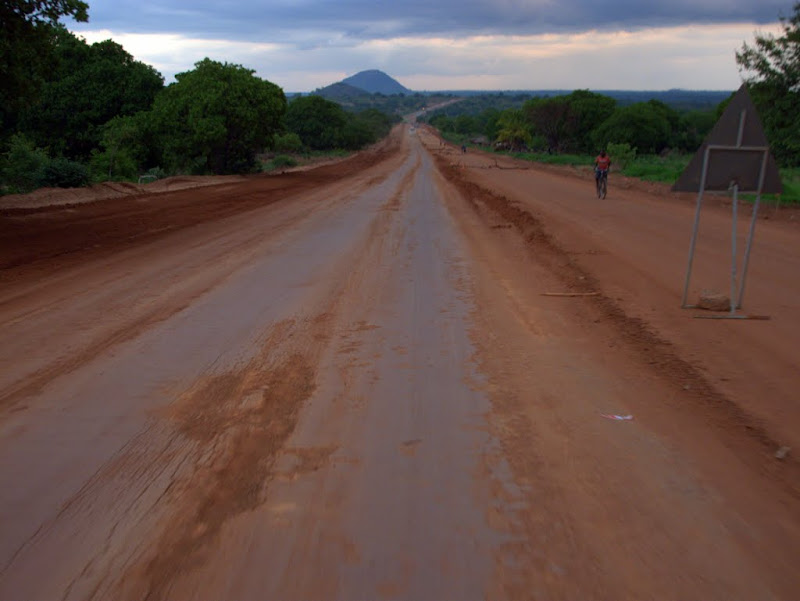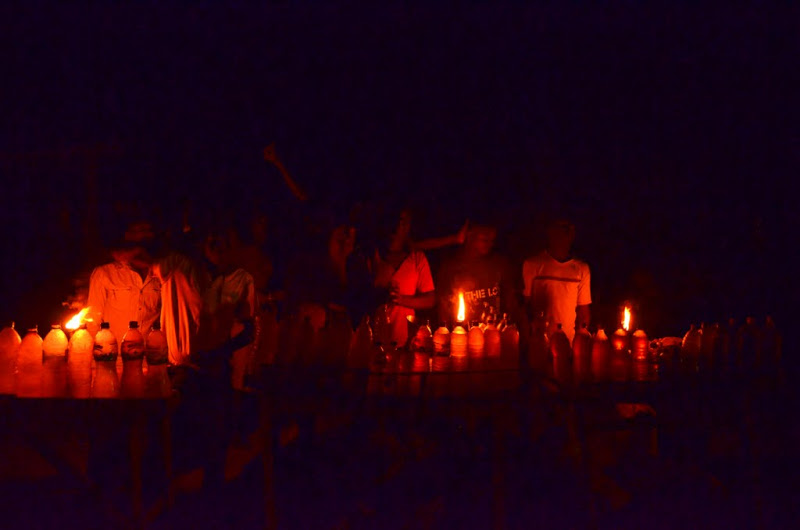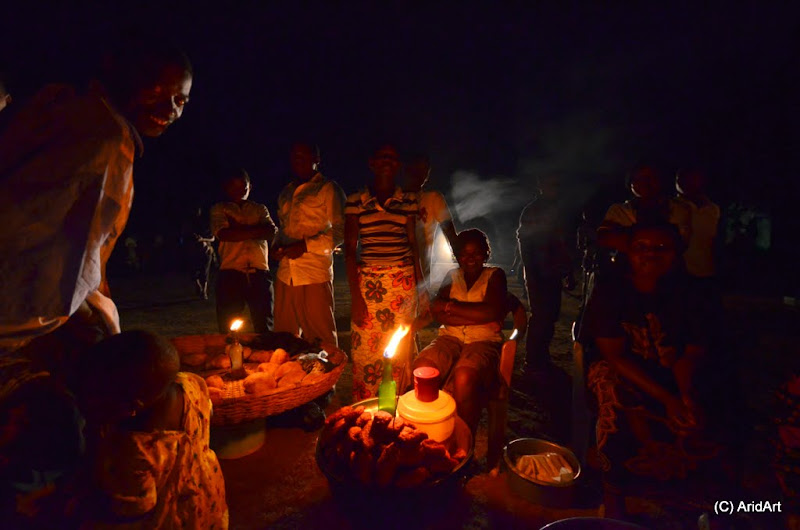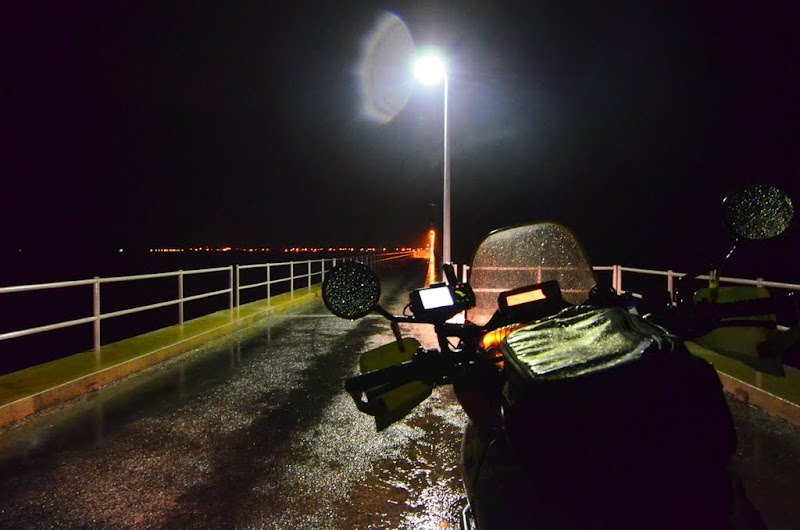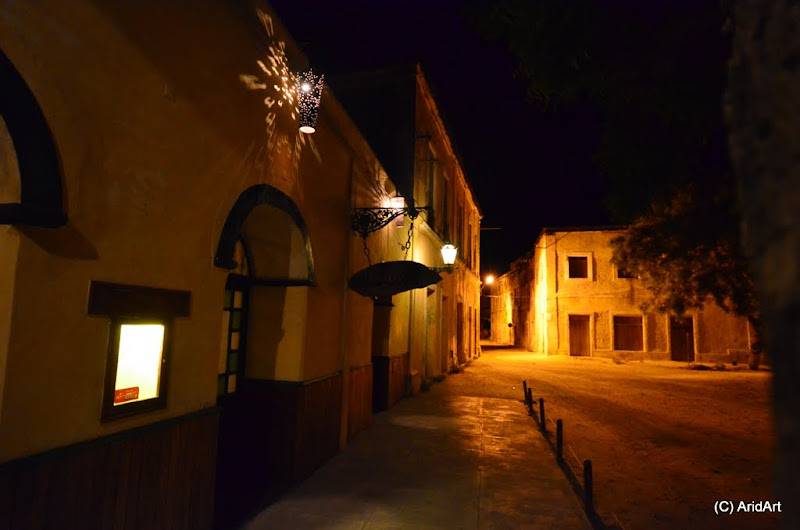The dining area (and most of the kitchen) at James White’s is open-plan.
Some of the local product for sale: panga panga, chamfuti, blackwood. Solid stuff, nice Christmas presents, but I only have space for one bowl.
After breakfast, it’s on to Caia for refuelling. I’m soaked in sweat by the time I’m packed- at 8 o’clock it’s 35°C! As promised by James White, there are some more potholes, but they are mere
vulletjies compared to the craters on yesterday’s section after Gorongosa.
This is a serious logging area, and plenty of locals seem to have mastered some form of carpentry skills which they apply to the manufacture of window frames, doors and pieces of furniture.
Here’s how that wood gets transported:
It’s a bit early for
frangos, but they are on offer at the roadside stalls.
Opposite the filling station in Caia there’s even an ATM. It's popular.
I had expected a ferry at the Zambesi crossing, but instead find this:
It’s a brand new construction erected in 2009, and it covers this part of the Zambesi with a 2.3km span. Most of the way has been pretty dry so far, and the water level looks low initially.
But towards the northern end, the real Zambesi flows by thick and fast.
The road is new and the traffic is light, so progress to Nicoadala is swift. It’s a good place to find something to eat.
There are plenty of food stalls as I roll into the town and almost miss this street artist. Just watch the skill as he opens that coconut!
[flash=480,385]https://www.youtube.com/v/yk60ImaMf_I[/flash]
The juice is refreshing, although the flesh is rather thin and disappointing.
Further on, fresh
paos:
Outside town the clouds are gathering. Time for a quick bite before getting soaked.
I pass a large walled expanse just before the next town. It turns out to be a cemetry, and really well-kept.
At Mocuba another grand church graces the main road.
A last fill up at Alto Molocue should see me through to Nampula.
Check out the wheels of some of the other customers: engine casings are optional. As are helmets.
Villages dot the road and the huts are built right up to the edge. Most of the inhabitants sit on the road to socialise and blindly rush up to sell foodstuffs to passengers in every vehicle that stops en route. There is good reason for those 60 km/h speed limits.
Life out here is really just about survival. Few Mozambicans are fat, few have cell-phones, mechanisation is mostly absent. Flour is also made by hand but the women scamper off when I pull off to have a look.
There are virtually no schools in evidence along the way, but every woman of child-bearing age seems to be doing just that. Apposite symbolism?
My shadow stretches before me as I approach Nampula.
All those clouds overhead are still pregnant with rain, but I don’t register this important fact.
The last 10 km is gravel- the new tar road is not quite finished yet, but I’m grateful that this is dry.
Nampula is a large town and the main road runs through the centre. I pull up to refuel amongst the local biking community. Just in time, as it turns out.
And rejoin the mayhem down the main drag.
Halfway through, the power goes down and everything goes dark. No problem for these guys selling bottled fuel on the outskirts of the town!
The bread on the opposite side looks like a much safer shop.
Just outside Nampula, it starts spitting more rain. Hoping that it will be another brief shower, I carry on. But it gets wetter and wetter to the point where visibility forces me to slow right down to 40 km/h in places. It only lets up on the last few kilometres to the Island. Truly a sight for sore eyes.
It’s after 10 PM, so I don’t hold out much hope to find a bed for the night, but ride across the bridge connecting the Isla to the mainland. The atmosphere is a lot like Zanzibar and plenty of people are still out and about on the streets. It thins out towards the tip of the island.
Near the northern end some street kids lead me down a couple of alleys. After a couple of full houses, I settle into a no-frills room for 800 Meticais and hang up my dripping kit.
